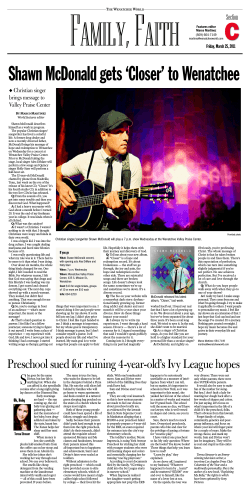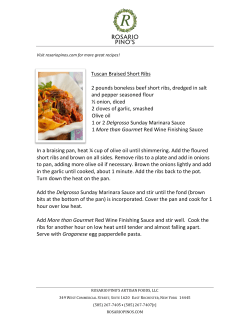
What is Pansori?
What is Pansori ? does not mean that the gosu is more important than the What is Pansori ? singer. Rather, it highlights that the gosu is integral to the overall pansori performance. In the past, a type of folk art known as pannoreum, comprised of singing and a variety of entertainments, including tight-rope walking, dancing, and story-telling, was performed by itinerant performers. In time, the singing and story-telling portions became separated from the rest, creating an independent art form called pansori. Originally, pansori was performed primarily in the most southern province of Korea among commoners, though it eventually came to be enjoyed by a wide range of Pansori is one of the art forms that represent Korean audiences, including the middle class, noblemen and even vocal music. Pansori is a musical drama in which a solo the king. Although pansori is rooted in the music enjoyed singer, holding a fan in one hand, delivers a long story by by the commoners, it later found its major audiences the means of sori (song), aniri (narration), and ballim among the nobility and wealthy middle class people. By (mimetic gestures). In a pansori performance the singer is the end of the Joseon period (1392-1910), even the king accompanied only by a gosu. enjoyed pansori at his palace. With the gamut of the A full-length pansori performance generally lasts three audience being so wide, the professional singers had to to nine hours, with the singer depicting all the roles of the cater to the whims of their diverse audience and perform characters in the story. A gosu accompanies the singer on in various places, including private homes and open a barrel-shaped drum and enlivens the mood of the public spaces. performance 10 through sounds and words of Even though pansori has been passed down orally by encouragement, known as chuimsae, including“eolssu”, highly trained professional singers, considering the “eu-iee”, or“eolssigu”, or by replying to the singer as if unique methods of pansori performance, the audiences s/he was a character of the story, making the performance also made contributions to its development. This stands more exciting. The idiom“first gosu, second master in stark contrast to foreign musical dramas performed in singer”emphasizes the importance of a gosu. Of course, it theaters. In pansori, audiences are not just spectators. 11 Rather, they, on a same footing with the singer, affect and The term pansori is composed of two Korean words participate in the performances, along with the gosu ‘pan’and‘sori’ . Pan refers to ① venues of performance through their chuimsae responses. Empathy with the audience is a very important factor in a pansori performance, because their tastes and reactions or where things happen; ② the demonstration of a performers expertise in front of a large audience; or ③ the entire process of entertaining acts or activities. affect the lyrics, aniri and even the mood of the singer Sori, in a narrow sense means song. However, during the performance. As such, pansori has developed considering that the definition of music, including pansori, into a form of folk art that reflects the sorrows and joys of originally encompassed all sounds of nature, sori cannot the general public through satire and humor as well as be limited to only signify a song. Additionally, there is teaches moral lessons at the same time. also a view that the term sori derives from‘moksori’, Pansori, a unique form of performance art, meaning vocal sound, or voice. encompasses literature, music and drama and is As stated above, pan and sori have multiple meanings, distinguished from Western operas, Jing Ju (Chinese but from each of these, it can be inferred that pansori opera) and Noh, Kabuki and Bunraku of Japan. Lately, means the songs sung in venues for enjoyment where pansori is becoming more widely known to the many people gather. international community, attracting people’s attention in However, the important fact is that pansori is a form of famous European carnivals and being selected as a performing art and that it is a vocal genre. In sum, all the Masterpiece of Oral Tradition and Intangible Heritage of various meanings of both pan and sori clearly show the Humanity by UNESCO. nature of pansori as a form of musical art, and it explains why the term pansori is now generally used. Meaning of Pansori Until the end of the 19th century, pansori was referred to by various names such as‘sori’ ‘chang’ , ,‘jabga’, or ‘taryeong’. After 1940 when Jeong Nosik, a music connoisseur and historian, designated the art form as ‘pansori’in his book Joseonchanggeuksa (History of Singing-drama of Joseon), that appellation became the most common. 12 13
© Copyright 2025









